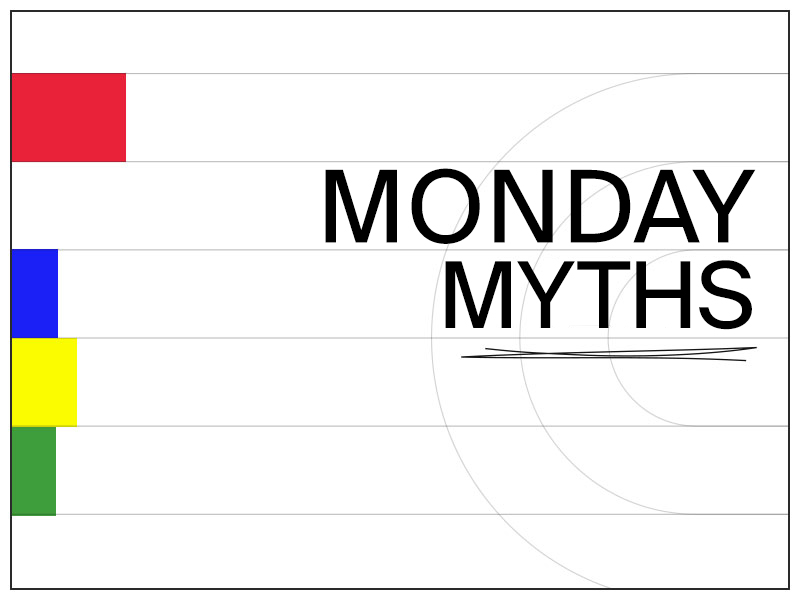by Jeremy Plonk
February 21, 2022

Welcome to a continuing handicapping series for our Monday blog space, “Monday Myths.” Each week I’ll use the power of the Betmix database to take common handicapping assumptions and either support or dispel them with data. Betmix data powers the 1/ST BET app and its features like Angler and Birddog give data-minded horseplayers a treasure trove of information in which to query your own curiosities.
Assumption:
Turf sprints are chaotic.
Background:
The proliferation of turf sprint races to the daily schedule has exploded in the last several years, often filling cards with larger field sizes and more difficult handicapping tasks. Because of the close quarters, larger fields and often tighter finishes on turf, do these turf sprints actually turn out any less predictable – thus, more chaotic – than other races? Let’s go to the numbers.
Data Points:
I dialed up the Betmix database to look at every turf sprint in America for the 2021 racing season. I compared those results in terms of average winning odds and favorites’ win percentage to non-turf sprints. I also normalized for field size in a separate data dive. For turf sprints, I considered turf races at 6-1/2 furlongs or less; for turf routes, those at 1 mile or longer.
Overall Findings:
Favorites won 37.9% in turf sprints.
Favorites won 36.9% in turf routes.
Favorites won 37.2% in dirt races.
//
The average turf sprint winner was 5.05-1.
The average turf route winner was 5.04-1.
The average dirt winner was 5.30-1.
//
In fields of 10, favorites won 32.2% in turf sprints.
In fields of 10, favorites won 35.2% in turf routes.
In fields of 10, favorites won 31.6% in dirt races.
//
In fields of 10, the average turf sprint winner was 7.01-1.
In fields of 10, the average turf route winner was 5.84-1.
In fields of 10, the average dirt winner was 6.55-1.
//
Overall Findings:
Overall, turf sprints had a higher win % than turf routes and dirt races by a 0.7 to 1% difference. The average winner paid nearly identical in turf sprints to turf routes, which was 0.25-0.26 lower than in dirt races last year. As the fields expanded to our ‘full’ sample of 10, turf sprints became less predictable than turf routes by 3% in terms of winning favorites and 1.17 greater in average winning odds. They drew closer to even with dirt sprints in trustworthy favorites, but paid .46 more on average than dirt runners in the 10-horse fields.
Bottom line:
Turf sprints, as a whole, aren’t more chaotic than turf routes or dirt races, rather they stack up as more reliable and predictable in their results. But in full-field situations, the turf sprints become much more in tune with their chaotic reputation. The bigger the field, the truer this myth looks.
Additional details:
You can go into Betmix and run your own queries for a deeper dive into this theory and any that you can create. For instance, test these numbers specifically to the track you play to see if they shake out the same or differently.